
Lot 149

GEORGE MATTHAUS SEUTTER 8 INCH CELESTIAL GLOBE
EARLY 18TH CENTURY
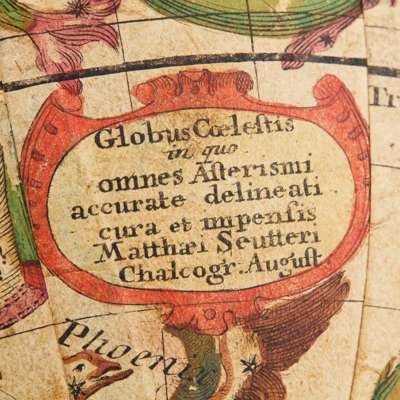
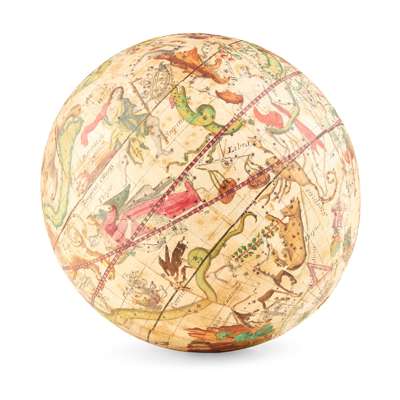
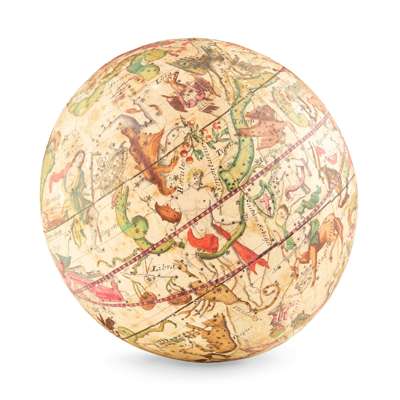
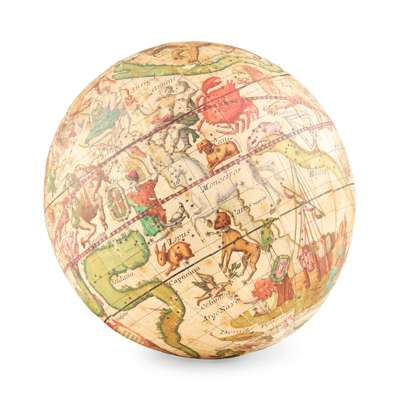


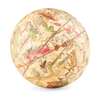

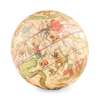

Auction: Day One | Wed 12th November 2025 at 10am | Lots 1 to 338
Description
with twelve hand-coloured engraved gores and two polar calottes, the constellations depicted by mythical beasts and figures with stars shown to six orders of magnitude; inscribed Globus Coeleftis in quo omnes Afterismi accurate delineati cura et impenfis Matthaei Seutteri Chalcogr:Auguft
Dimensions
the globe 20cm (8 inch) diameter
Provenance
Property of a Knightsbridge residence
Footnote
Although Georg Matthäus Seutter (Augsburg, 1678–1757) is well known as a globe-maker, surprisingly little is definitively recorded about his life. He began his career in his grandfather’s brewery before training in cartography and engraving under Johann Baptist Homann in Nuremberg. By 1707, he had established himself in Augsburg as a cartographer and globe-maker. While his maps and city plans survive in abundance, his globes are much rarer, perhaps due to his effort to avoid competing with leading Nuremberg globe-maker Johann Gabriel Doppelmayr (1671–1750).
Seutter is believed to have issued his first globes, pairs of 8 inch terrestrial and celestial spheres, around 1710. Larger examples (64 cm and 160 cm) are also recorded. In recognition of his Grosser Atlas, dedicated to Emperor Charles VI, he was appointed Kaiserlicher Geograph [Imperial Geographer] shortly before his death.
His celestial globes are of particular interest for including rare constellations such as Rhombus, Robur Carolinum, Lilium, Sceptrum Regale, and the rivers Jordanus and Tigris, drawn from various sources but uniquely combined in Seutter’s work.









